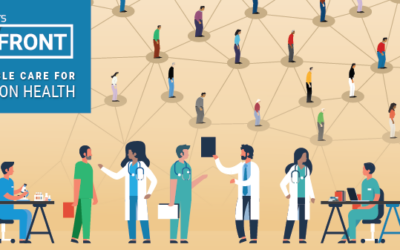When Congress prohibited “information blocking” under the 21st Century Cures Act in 2016, it made no reference to patient portals, the websites through which many healthcare providers share clinical information with their patients. Similarly, the word “portal” does not appear once in the 6,000-word information blocking regulation, issued by the Office of the National Coordinator for Health Information Technology (ONC) in 2020. Such regulation defines information blocking to mean a practice that is likely to interfere with the access, exchange, or use of electronic health information, subject to some important limitations.
Yet, nearly two years after the ONC issued its rule, hospitals and other providers throughout the country have significantly changed the information available to patients in their portals as a direct result of the information blocking rule. While portals once had limited information, many providers now offer a vast array of data to their patients, including laboratory results, surgical reports, and doctors’ notes. And providers are continuing to adapt their practices as new regulatory requirements take effect later in 2022. Changes to patient portals are so far the most visible manifestation of the shift in practices resulting from the information blocking rule.
Full article available on healthaffairs.org



